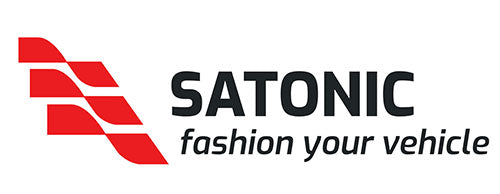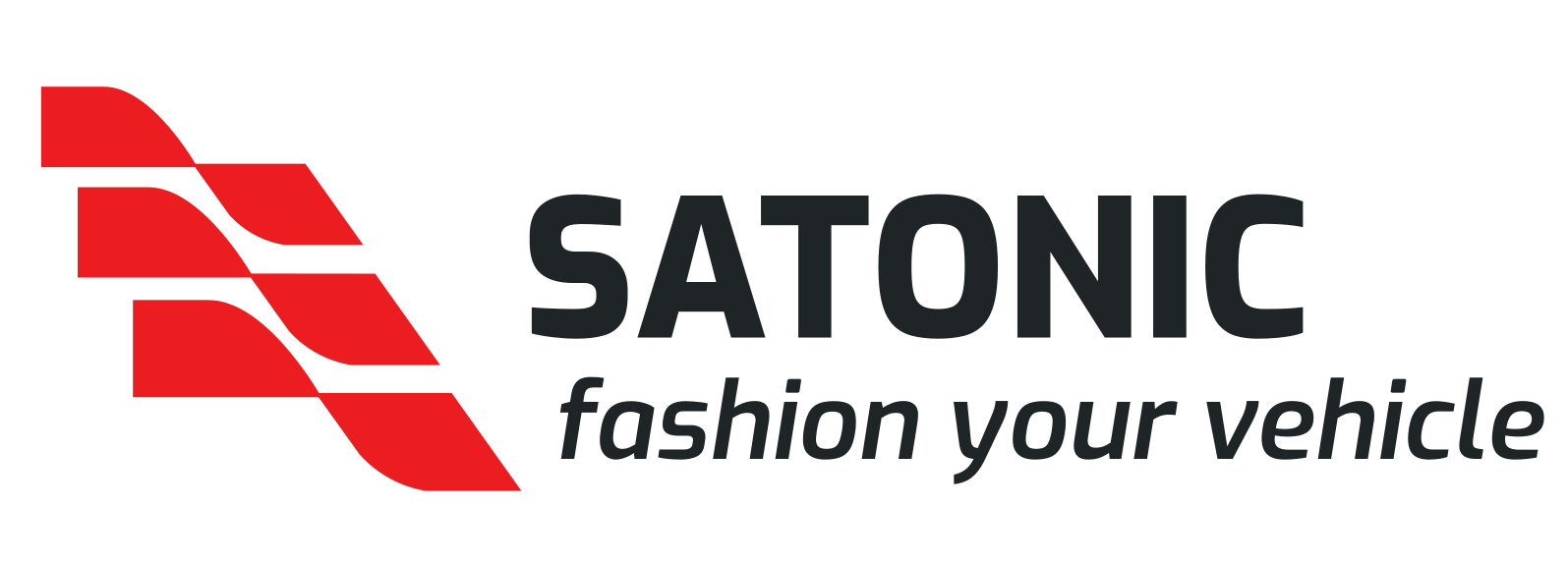AUSTIN, TX – July 15, 2025 – For years, traditional automakers have relied heavily on a vast and established aftermarket for parts and accessories. Tesla, with its disruptive approach to vehicle manufacturing and direct-to-consumer sales, initially presented a unique challenge to this ecosystem. However, as millions of Teslas hit the road, a robust and rapidly expanding aftermarket for parts, upgrades, and accessories has not only emerged but is flourishing, representing a significant economic opportunity and a testament to the strong community around the brand.
A Multi-Billion Dollar Opportunity
The US aftermarket parts market for Tesla alone is estimated to be a $2.8-4.2 billion opportunity, driven by a growing base of over 1.8 million Tesla owners. These owners are not just environmentally conscious; they are typically tech-savvy, possess higher disposable incomes, and demonstrate strong brand loyalty, making them prime candidates for customization and enhancement. Globally, the electric vehicle aftermarket industry as a whole, encompassing all EV brands, reached an estimated $67.74 billion in 2022 and is projected to grow at a staggering CAGR of 21.1% from 2023 to 2030, with Tesla-specific components being a high-growth subset.
This growth is fueled by several factors:
-
Increasing Vehicle Population: As more Teslas are sold and age, the demand for replacement parts for maintenance and repairs naturally increases.
-
Desire for Personalization: Tesla owners, like car enthusiasts of any brand, seek to personalize their vehicles, differentiating them with unique aesthetic and functional upgrades.
-
Advancements in Aftermarket Manufacturing: Specialized manufacturers are rapidly innovating to produce high-quality, precision-fit parts and accessories specifically for Tesla models.
-
Online Dominance: A remarkable 78% of Tesla parts purchases occur online, significantly higher than the 23% average for the broader automotive aftermarket, reflecting the digital-native nature of Tesla's customer base.
What's Driving the Aftermarket?
The Tesla aftermarket is incredibly diverse, catering to a wide range of needs and desires:
1. Accessories & Customization: This is perhaps the most visible and active segment. Owners are eager to enhance their Tesla's aesthetics, comfort, and utility. Popular items include:
* Interior Upgrades: Floor mats (especially 3D all-weather), screen protectors (matte finishes are popular to reduce glare), center console organizers, unique dash wraps, and improved lighting.
* Exterior Styling: Spoilers, custom wheel covers, chrome deletes, body kits, and even full paint protection film (PPF) kits.
* Practical Additions: Jack pads (essential for safe lifting), portable tire inflators, charging cable organizers, and pet covers.
* Performance Enhancements: While less common for powertrain, some aftermarket companies offer suspension upgrades, brake enhancements, and lighter wheels.
2. Maintenance & Repair Parts: While Teslas are known for fewer moving parts and minimal routine maintenance, components like tires, brake pads (though less frequently replaced due to regenerative braking), filters (cabin air filters), and body panels due to minor collisions are still needed. This segment also includes essential tools like emergency spare tire kits.
3. Software & Connectivity Enhancements (Indirect): While Tesla controls its core software, some aftermarket solutions aim to optimize existing features or add new functionalities, often through hardware integrations or specialized apps that interface with the vehicle's systems.
Key Players in the Aftermarket Landscape
A number of specialized companies have emerged as leaders in the Tesla aftermarket:
-
EVANNEX: One of the oldest and most trusted names, offering a wide range of accessories and even some replacement parts. They are known for designing and testing their own exclusive products.
-
RPM TESLA: Established in 2013, RPM TESLA manufactures a diverse range of high-quality accessories, with a focus on vehicle protection, customization, and interior enhancements. They boast shipping over 500,000 orders globally.
-
TESBROS: Founded by Tesla owners, TESBROS specializes in customization products like wraps, paint protection films, and interior accessories, known for their DIY-friendly kits and video guides.
-
Numerous Smaller & Niche Providers: Beyond the large players, countless smaller companies and even individual entrepreneurs leverage online marketplaces like Amazon and eBay, as well as their own Shopify stores, to offer a vast array of niche products, from bespoke interior lighting to unique storage solutions.
Challenges and Opportunities
Despite the booming market, challenges exist:
-
Tesla's Stance on Aftermarket Parts: Tesla's official service documentation explicitly states, "Tesla does not allow the use of any used, recycled, alternative, aftermarket, or third-party replacement parts." This position is driven by concerns over vehicle integrity, occupant safety, and warranty validity. While this doesn't stop accessory sales, it does create hurdles for independent repair shops seeking to source replacement parts outside official Tesla channels.
-
Proprietary Technology: Tesla's heavily integrated and proprietary systems can make it difficult for aftermarket companies to develop certain types of parts or integrate deeply with vehicle functions without official support.
-
Warranty Concerns: Using non-Tesla recommended parts can potentially invalidate the vehicle's warranty, a significant concern for owners.
However, these challenges also present opportunities:
-
Innovation in Accessories: The limitations on core replacement parts push aftermarket companies to innovate heavily in the accessories and customization space, where there are fewer direct conflicts with Tesla's official stance.
-
Growing Demand for DIY & Independent Repair: As the Tesla fleet ages, the demand for more affordable maintenance and repair options will likely grow, potentially opening doors for certified independent shops and increasing the need for accessible, high-quality aftermarket replacement parts that don't void warranties.
-
Data-Driven Development: Aftermarket companies can leverage the preferences and feedback of the highly engaged Tesla owner community to develop products that directly address perceived needs and desires.
The Tesla aftermarket is a dynamic and evolving landscape. While Tesla maintains a tight grip on its core service and parts ecosystem, the sheer volume of vehicles and the passionate owner base ensure that the aftermarket will continue to thrive, offering innovation, personalization, and choice to millions of Tesla drivers worldwide. As the EV market matures, the interplay between OEM strategies and the independent aftermarket will be a fascinating area to watch.




























